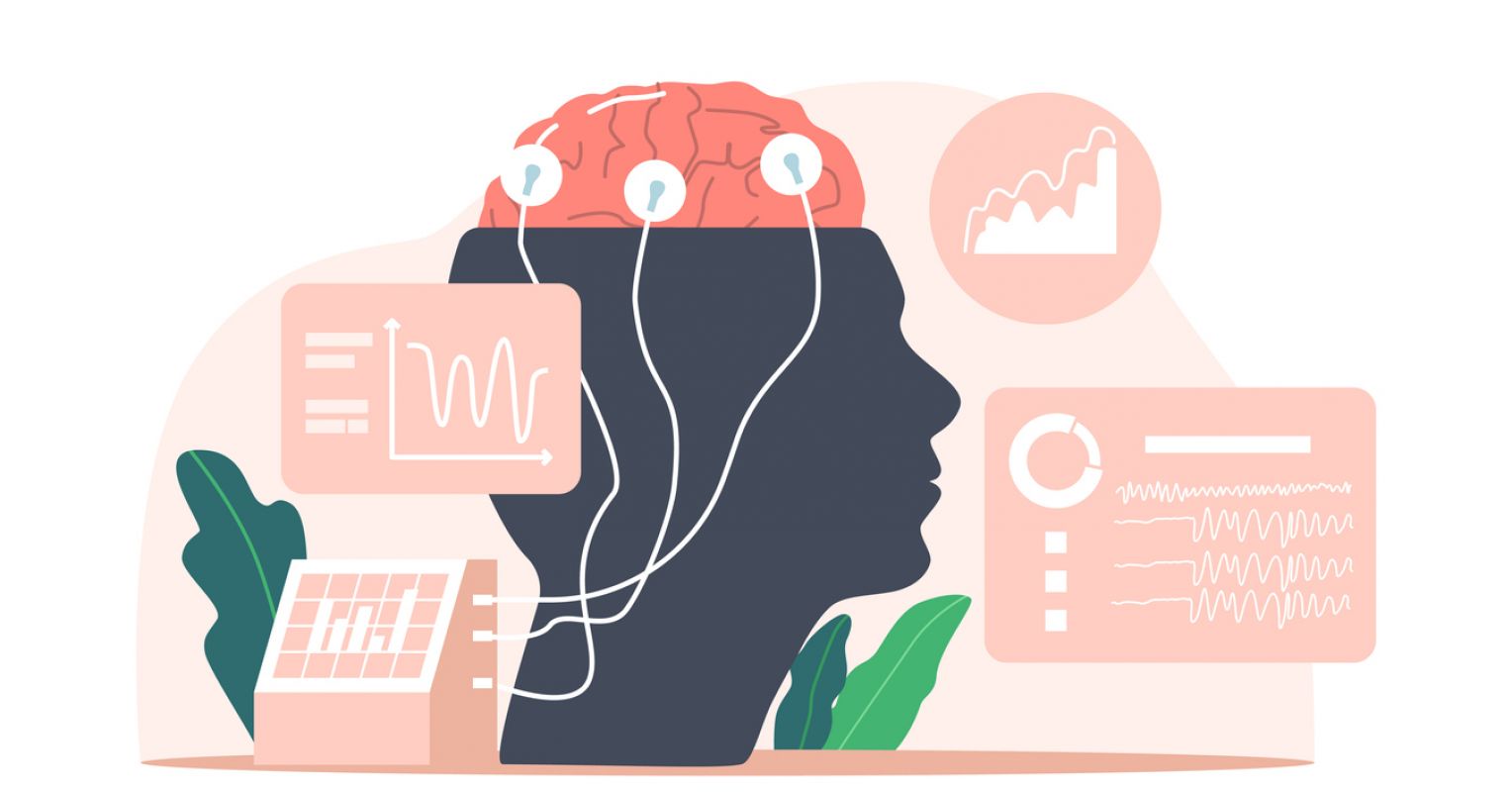
"Neuroscience, including Libet experiments, is still far from distinguishing free will and intention to move. Movement may emerge from stochastic neural buildup, yet conscious control can still intervene. Movement results from a complex blend of semiconsious and conscious intention, not a single moment on a clock. What matters for agency is whether intentions express our broader goals, identity, and values."
"The name of my lab during my fellowship at NIH 20 years ago was the Human Motor Control Section, and itused various electrical tools to study the physiology behind human movements. I was never a gadget person, so the tangle of monitors, colored cords, amplifiers, and alligator clips felt, at times overwhelming. But one test was simple enough: eliciting the Bereitschaftspotential or the "Readiness Potential (RP)" through electroencephalogram (EEG)."
Neuroscience cannot yet clearly separate conscious free will from neural precursors of movement. Readiness potentials indicate brain activity preceding voluntary actions, but averaging across trials hides single-trial variability and stochastic neural buildup can trigger movements without a distinct conscious command. Conscious processes can still modulate, veto, or shape movements initiated by underlying neural fluctuations. Voluntary action emerges from a complex interplay of semiconscious and conscious intentions distributed over time rather than a single instant. Personal agency depends on whether intentions reflect an individual's broader goals, identity, and values rather than on the timing of neural signals alone.
Read at Psychology Today
Unable to calculate read time
Collection
[
|
...
]